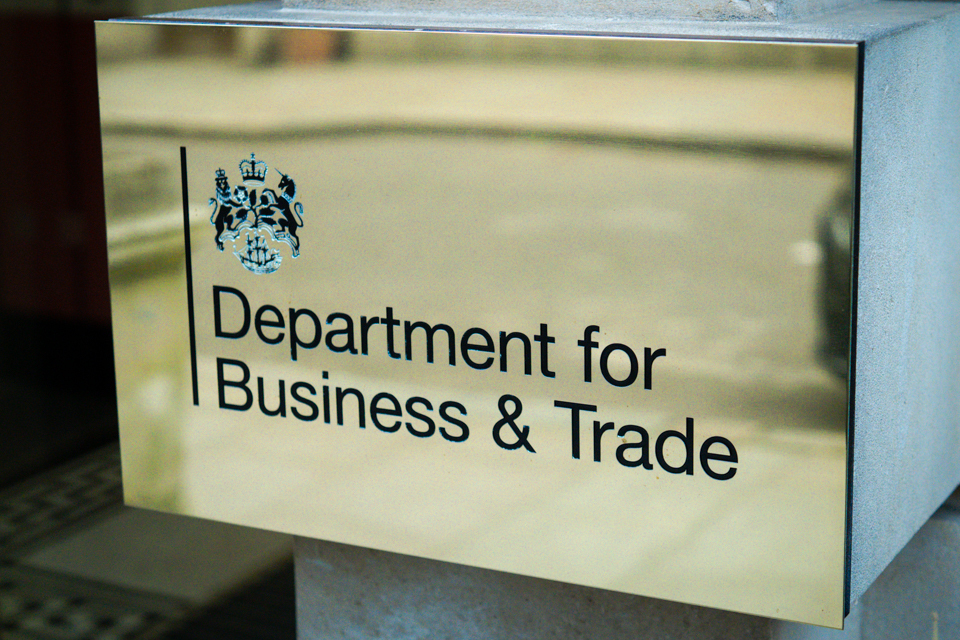US goes big with first interest rate cut in four years

 Getty Images
Getty ImagesThe US central bank has cut interest rates by more than expected in its first reduction in over four years, a milestone moment for the world’s largest economy.
The Federal Reserve said it would lower the target for its key lending rate by 0.5 percentage points, to the range of 4.75%-5%.
Officials made the move in response to easing price rises and growing concerns about the weakening job market.
Lower rates will bring relief to borrowers across the US, who have been contending with interest rates hovering at the highest levels in more than two decades.
The widely expected cut is bigger than many analysts had predicted just a week ago, and officials signalled that further cuts were likely to follow before the end of the year.
The Fed raised interest rates sharply in 2022, aiming to cool the economy and stabilise prices, which were then surging at the fastest pace since the 1980s.
But officials have gained confidence that inflation, the rate at which prices rise, is now headed back toward their 2% target.
Meanwhile, officials have become more concerned about the labour market, with the unemployment rate having climbed to 4.2% from 3.7% at the start of the year.
Projections released after the meeting showed officials now see inflation falling faster and unemployment rising higher than they did a few months ago.
Unemployment is forecast to hit 4.4% by the end of the 2024.
Federal Reserve chair Jerome Powell conceded that Wednesday’s cut was a “strong” move, but said it was meant to preserve progress rather than signal significant worries about the economy.
“The labour market is in a strong place – we want to keep it there,” Mr Powell said. “That’s what we’re doing.”
The move by the Fed follows cuts by other central banks, including those in Europe, the UK, and Canada.
Ahead of the meeting there was unusual uncertainty about how big a reduction officials would approve.
But economist Randall Kroszner, a professor at the University of Chicago’s Booth School of Business and a former governor of the Fed, said Wednesday’s announcement was significant not because of the size of the cut but because it will kick off a new period of lower borrowing costs.
“One quarter of a percentage point one way or another – that’s not going to break the US economy,” he said. “It’s really where they are headed both for the rest of the year, as well as in the intermediate and longer run.”
Forecasts released by the Fed showed officials expect its key lending rate to drop to about 4.4% by the end of the year and 3.4% by the end of 2025. That is significantly lower than many were predicting as recently as June.

Jennifer Heasley, the owner of Sweet Mama’s Mambo Sauce, has been waiting anxiously for the Fed to act, after using credit cards to help pay for the expansion of business making barbecue-like sauce two years ago.
“My interest rates have gone up, so my monthly payments have increased tremendously,” she said, noting that one card is now charging her 21%.
“If you’re buying a piece of equipment for $1,500 and you’re putting that on a credit card – if you’re not paying that off, you’re accruing quite a bit of interest,” she said.
“For me, it is a big deal for them to start to come down.”
Additional reporting by Michelle Fleury
Related
Why investing in women is a vital next step for…
Get Nadine White's Race Report newsletter for a fresh perspective on the week's newsGet our free newsletter from The Independent's Race CorrespondentGet our fre
Business secretary signals major shift on electric car policy to…
In a determined effort to retain Nissan’s manufacturing presence in Britain, Business Secretary Jonathan Reynolds has vowed to implement “substantial c
Joint Statement: Business Secretary and Fujitsu Services Ltd
Business and Trade Secretary Jonathan Reynolds today (Friday 7 March) met chiefs for Fujitsu in Tokyo to begin talks over the cost of redress for victims of th
UK foreign secretary backs multilateral defence funding for Europe
UK foreign secretary David Lammy has said that a new multilateral fund will be needed to secure Europe’s defence as he confirmed that Britain is “open to”














